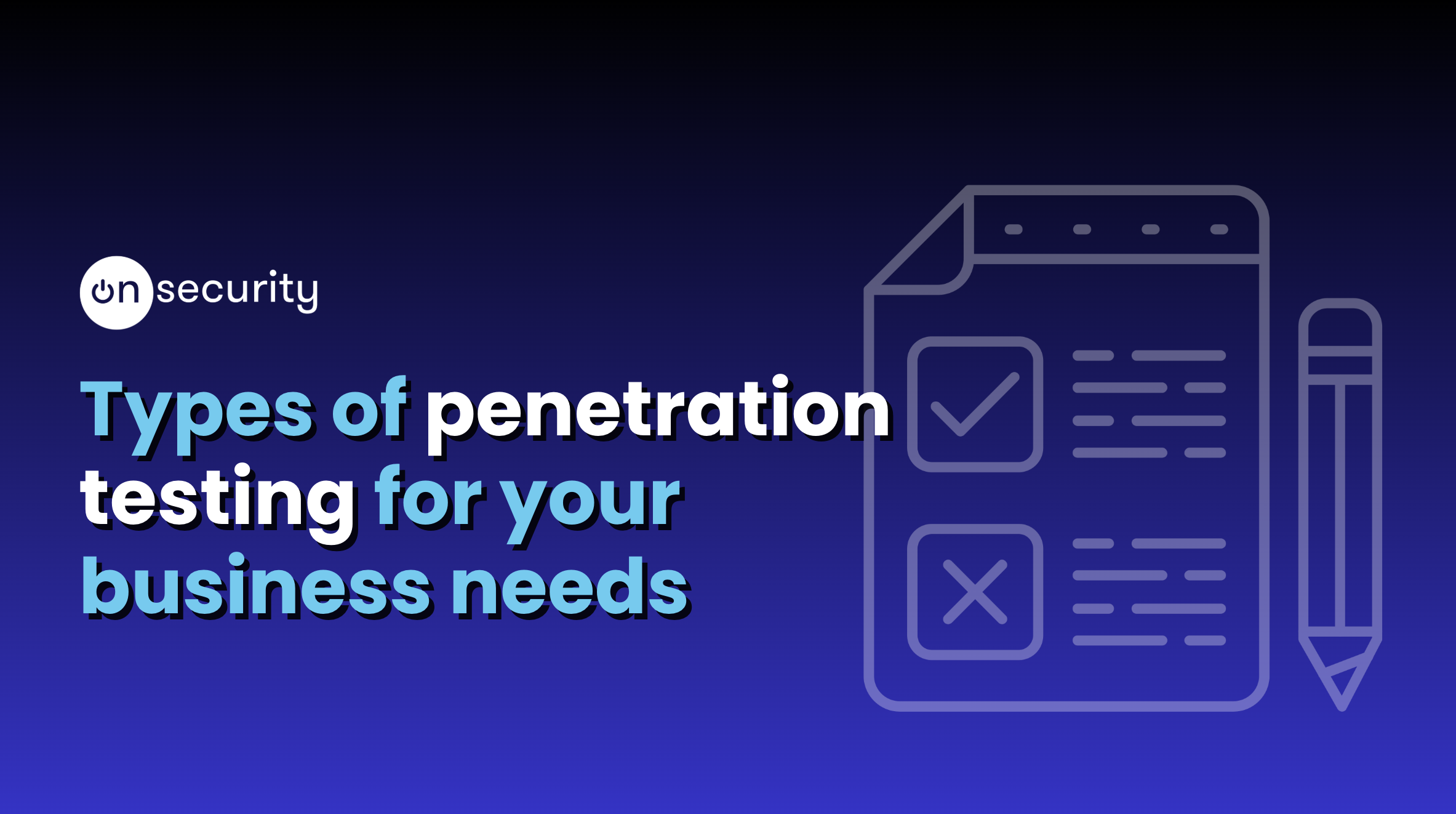What is SSDLC in cyber security?
Firstly, what does SSDLC stand for? A Secure Software Development Life Cycle which includes security measures in every stage of software development. From project implementation to maintenance, security checks at each stage help find and reduce vulnerabilities early on. Using this proactive approach, you reduce the risk of security breaches and ensure a more resilient web application.
Web applications stand as one of the most targeted vectors for malicious actors and security vulnerabilities. A web application is an app that runs on a server and is accessed by users online through a browser. A robust SSDLC ensures web applications are securely built from the start and prevents future security risks.
What are the stages of the Secure Software Development Life Cycle?
Project Implementation:
What is the implementation phase in the secure software development process? This is the first stage of the SSDLC where security and project requirements are defined and incorporated into the plan. This includes identifying potential threats and vulnerabilities that the web application may face. By addressing these issues early on, the development team can design and build the application with the necessary security controls.
Design Phase:
In the design phase, we determine the architecture and functionality of the web application and product environment. Security considerations are taken into account to ensure that the application is resistant to common attacks such as cross-site scripting (XSS) or SQL injection. Developers can lower security risks by using secure coding practices and frameworks with built-in security features.
Coding and Implementation:
This is where the actual source coding takes place, and it is crucial for developers to follow secure coding guidelines. This includes practices such as input validation, output encoding, and proper error handling. Developers can prevent common security flaws that attackers could exploit by conducting regular code reviews.
Testing Phase:
Testing is then conducted to identify any remaining vulnerabilities. This includes both manual and automated testing techniques to ensure that all aspects of the web application have been thoroughly examined. Organisations can identify and address vulnerabilities before deploying the application by conducting regular security testing throughout the development process.
Deployment:
The maintenance phase of the SSDLC involves ongoing monitoring and updating of the web application’s security controls. This involves fixing vulnerabilities, using ongoing threat analysis to monitor new threats, and keeping up with security best practices.
What is the purpose of the Secure Software Development Life Cycle?
Implementing an SSDLC is paramount in ensuring the resilience and security of web applications. As businesses increasingly rely on web applications for customer interaction and operational management, the need for robust security measures becomes even more critical.
Security team members should understand the SDLC methodologies and security requirements to prevent security threats.
How can OnSecurity help develop SSDLC?
OnSecurity helps businesses identify vulnerabilities and ensure the correct security measures are in place to prevent malicious attacks. We’ve spoken about conducting ongoing testing and assessments, but what does that actually look like?
Penetration Testing – is a security assessment that involves simulated attacks on applications or networks to evaluate security postures. By uncovering vulnerabilities and weaknesses, businesses can take the necessary steps to strengthen security and avoid breaches. OnSecurity pentesting portal provides oversight to alerts and findings in real-time, enabling businesses to be as proactive as possible in the pursuit to better security. Pentesting is a fundamental part of security, book yours today.
Vulnerability Assessment – another key player in supporting the secure software development life cycle. The assessment draws out security flaws in an application or network, listing vulnerabilities and their risk factors. With this, businesses can reinforce existing security policies and make necessary changes to improve the overall security posture. Get oversight into your security posture with a 14 day free trial!




